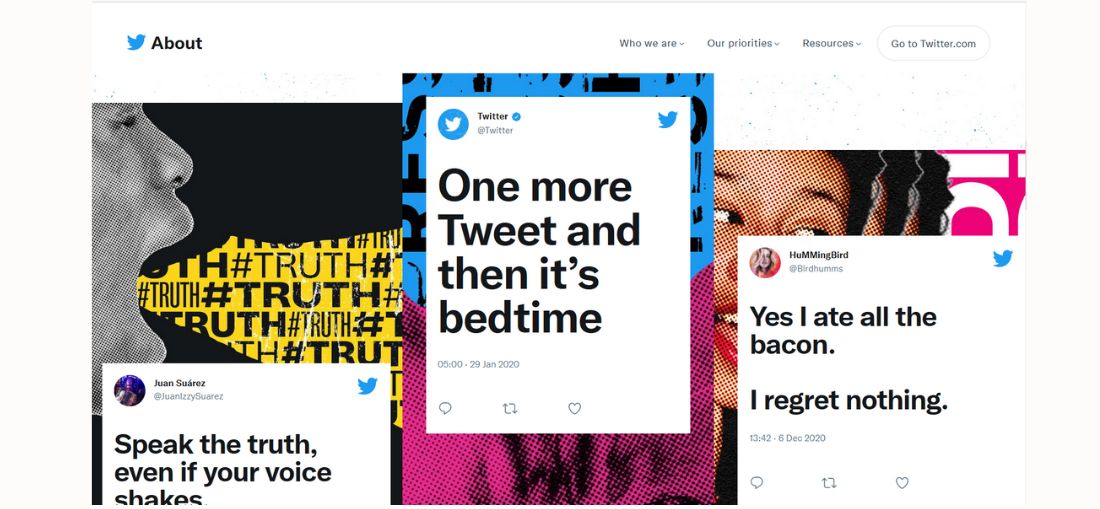Elon Musk has announced that Twitter is planning to launch an advertisement-free version of its subscription product, Twitter Blue. The news comes as the social media giant faces a need to increase demand for its premium product and boost revenue.
Twitter relaunched its premium offering for the second time under Musk in December 2022. The service offers users perks including verified account status, prioritised appearances in replies and mentions, fewer ads and the ability to post longer videos. The product costs £7 a month on the web or £11 a month for iPhone and Android phone users.
Tweeting last weekend, Musk announced that the company will be launching “a higher priced subscription that allows zero ads.” He’s also tweeted to say that “ads are too frequent on Twitter and too big. Taking steps to address both in [the] coming weeks”.
Why is Twitter looking to increase subscription numbers?
Since he took ownership of Twitter, Musk has aimed to increase the company’s subscription revenue and reduce its reliance on ads. In 2021, advertising accounted for 90% of Twitter’s revenue. However, advertising income has dropped considerably since last October, when Mr Musk bought the business. Some reports even suggest that daily revenue has dropped by as much as 40% when compared with last year.
Recently, huge advertisers such as Audi and Pfizer have paused spending on Twitter amid fears of a rise in hate speech on the platform. Other advertisers remain concerned about the initial botched rollout of Twitter Blue, which led to pranksters paying for verified status in order to launch fake corporate accounts.
In November 2022, Musk told staff that the platform may not survive a forthcoming downturn without a substantial increase in subscription income. “Without significant subscription revenue, there is a good chance Twitter will not survive the upcoming economic downturn. We need roughly half of our revenue to be subscription,” he wrote in a company-wide email. He also previously raised the prospect of bankruptcy, but has since played down the prospect of the company going bust, saying it was “not on the fast lane to bankruptcy any more”.
Why does this matter?
Musk’s aim to reduce Twitter’s dependency on advertisers comes at a key time for the platform. After all, the company must soon make an interest payment on the $13bn of debt Musk loaded on the company as part of the takeover. According to reports, Twitter is due to make a quarterly payment of $300m this month.
Musk’s pivot towards offering an ad-free version of the platform is somewhat surprising. However, his reign as Twitter CEO has been rather chaotic so far. In less than a year, he’s fired top executives, laid off staff members, lessened moderation and released sensitive internal documents. He’s also made a number of short-lived decision and changes that he’s quickly reversed. In December 2022, he even launched a poll to decide whether he should step down as Twitter’s CEO.
As a result, predicting Musk’s next move is rather tricky. However, with advertising revenues falling, bolstering Twitter’s paid subscriber numbers appears to be a logical step for increasing revenue. One thing is for certain though, the rollout of ad-free Twitter cannot be botched in the same way as Musk’s initial Twitter Blue launch.
Author spike.digital